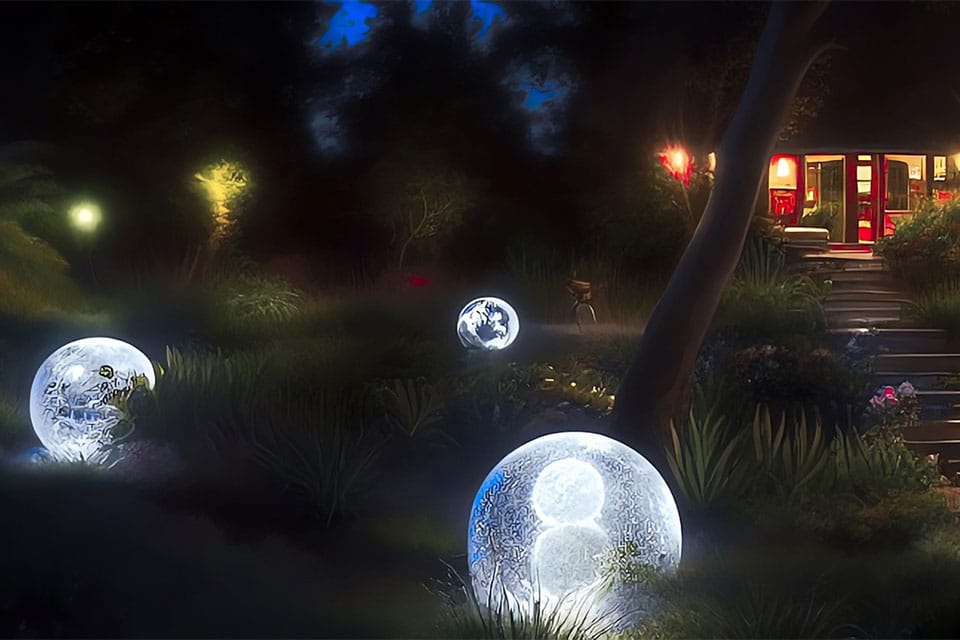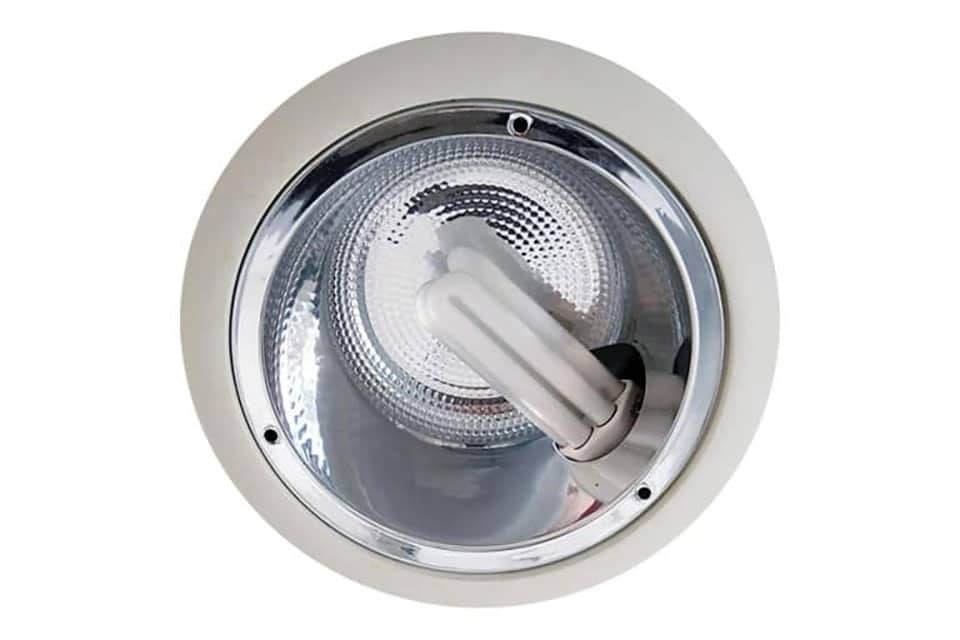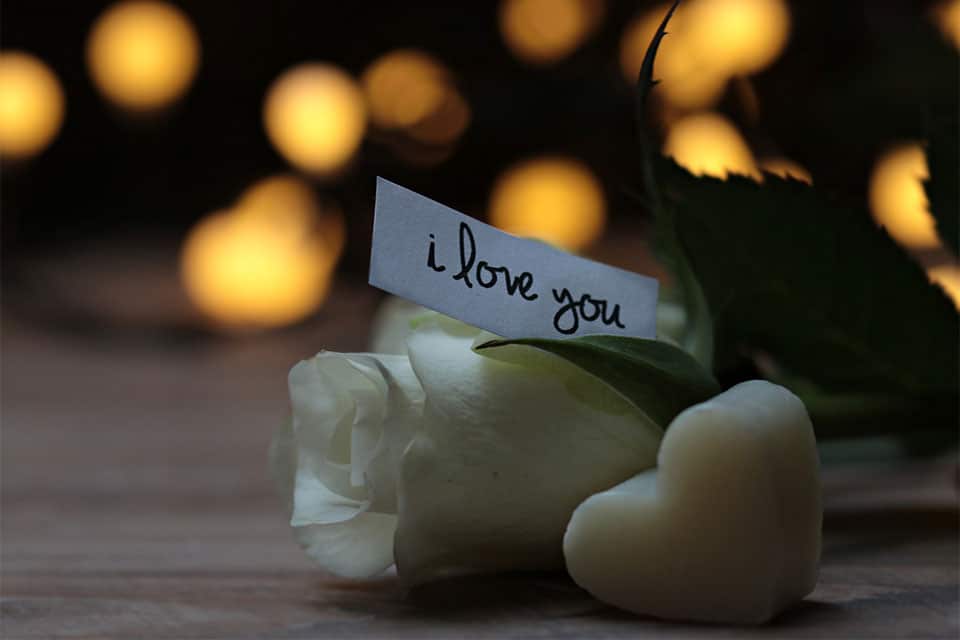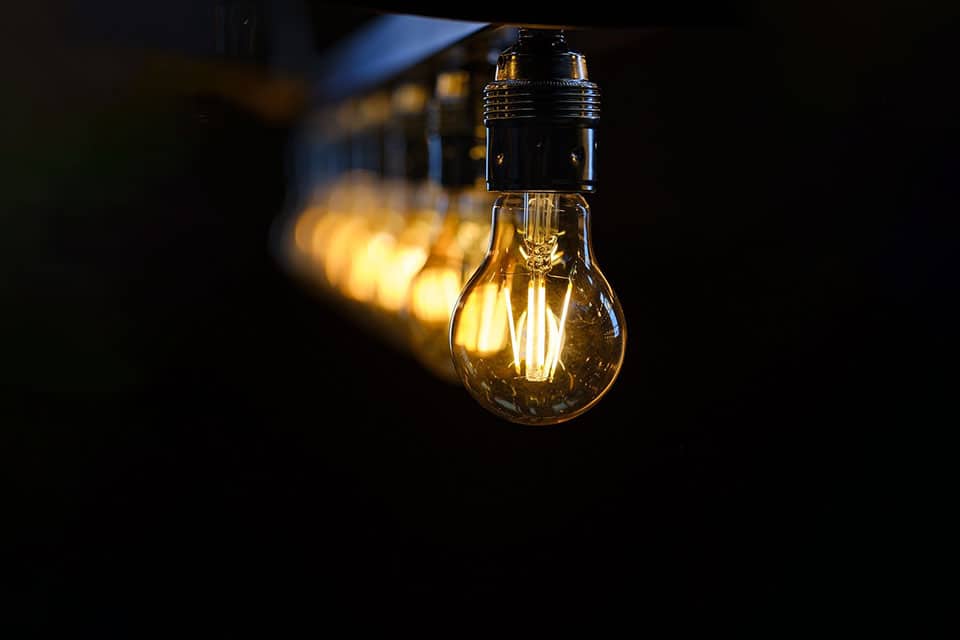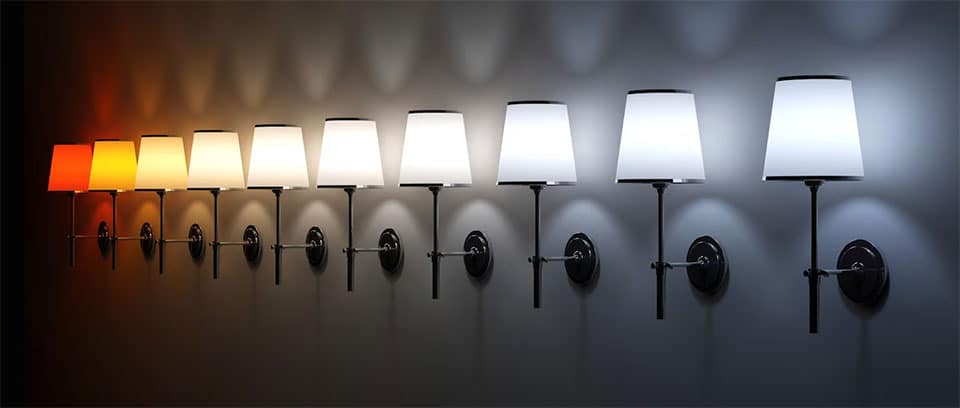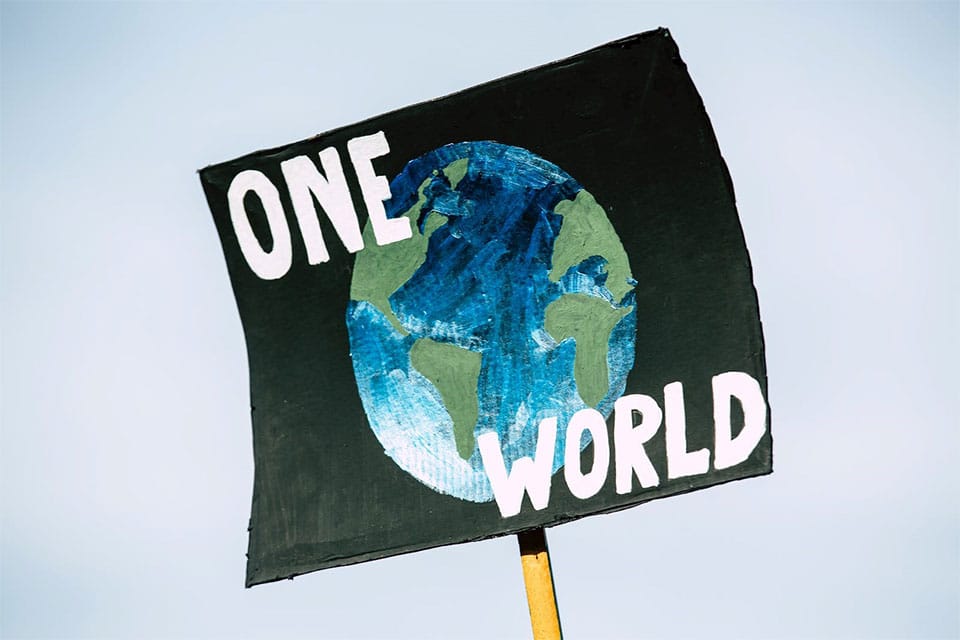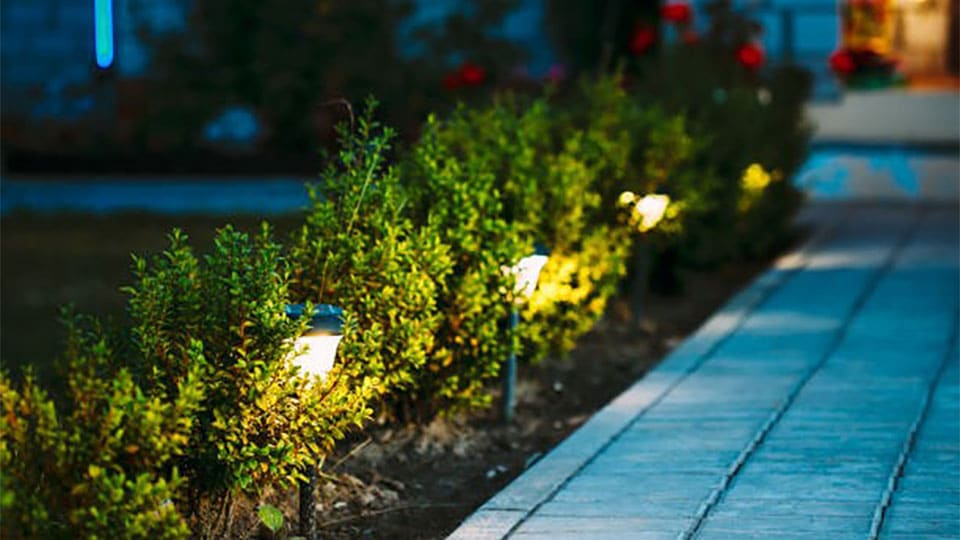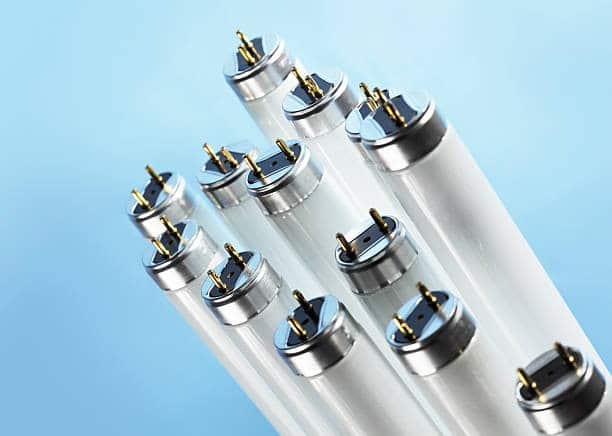While you may not be familiar with the term “Colour Rendering Index”, or CRI for short, you are almost certainly aware of its effect—a light that gives off a too-green, -yellow, or -blue tone, making objects under its glow appear the wrong colour. Who hasn’t been a victim of this terrible lighting in public restrooms, shops, offices, and classrooms?
Early fluorescents, CFLs, and LEDs are often the culprit thanks to low CRI scores, but thankfully these highly efficient lights have improved, and they can now render crisp, accurate colours. You just need to select a bulb with the right rating for what you need. Keep reading to learn how.
| “Render” means to make, cause, or become. For example, to be rendered sick means you have become ill, and to be rendered speechless means something has made you speechless. When an object’s colour is “rendered”, it means how the light makes the colour appear, or the colour that light makes an object appear. |
What is CRI?
The Colour Rendering Index (CRI) is a scale of 0 to 100 that rates the ability of an artificial white light source to accurately display colour:
- An index score of 100 indicates that the light is showing colours as they would appear in natural daylight—as accurately as possible.
- Above 90 is exceptional, displaying colours as accurately or nearly as accurately as daylight.
- Between 80 and 90 is a good range that renders colours quite accurately. Many new LED light bulbs successfully achieve this index rating.
- As the index drops lower than 79, light renders colours less and less accurately to the human eye. Below 50 will be quite noticeably inaccurate.
|
||||||||||
|---|---|---|---|---|---|---|---|---|---|---|
 |  |  |  |
|||||||
How does colour rendering work?
The colours that we see are the result of the visible light spectrum. The sun sends down white light that contains red, orange, yellow, green, blue, and violet wavelengths. When sunlight hits an object, the object absorbs these coloured wavelengths and bounces back any that it doesn’t need. The colour that bounces back is the colour that object appears (or is “rendered”) to our eyes. For example, a tree absorbs all of the colours except for green—this is why it appears green to our eyes. A red apple appears red because that is the colour wavelength it doesn’t absorb.
A light bulb with a high CRI index contains the same colour wavelengths as sunlight, or a close approximation to them, and that is why the colours appear more accurate. White light bulbs with lower CRI ratings are most commonly missing or have a poor approximation of the red, orange, or yellow wavelengths.
CRI & LEDs
While incandescent and halogen bulbs typically have perfect CRI scores, LEDs have taken a while to catch up because of problems with the infrared end of the spectrum. Thankfully, much progress has been made since their introduction in the 1990s and they are now able to render colours more accurately than ever before, with some lamps reaching CRI scores in the high 90s.
Most commercially available LEDs have a CRI score that is perfectly adequate for home use.
How to measure CRI
Here’s the short answer: measuring CRI is complicated—so complicated that as a home or business owner, you don’t actually have to worry about it. Light bulb manufacturers and retailers will supply this information—just keep an eye out for it on the packaging.
Here’s the long answer. According to the Rensselaer Polytechnic Institute:
In other words, CRI is calculated by testing 8 standard colour swatches selected by the International Commission on Illumination (CIE). The swatches are illuminated under the light source and then compared to how they look under a light source with a perfect score. The colours are then scored using some very advanced maths, and the 8 results are averaged to achieve the CRI rating. This process is a bit complicated for the average home or business owner, so instead, look for the CRI rating on the light bulb information panel on the packaging, on the product information page, or by asking for help.
When is CRI important?
High CRI is not necessary for every single lighting application, and in fact it may even be undesirable in some situations, such as places where you desire soft warm or multi-colour ambient lighting. If you’re not sure what CRI level is right for you, consider how important colour accuracy is to the space:
- In places where colour accuracy is incredibly important, such as hospitals, print shops, studios, costumers, galleries, museums, and so on, select light bulbs with a CRI of 90 or higher.
- Though any score below 80 is technically considered “poor”, for an average household lamp or standard office, a CRI between 89 – 70 is perfectly fine. You may even want to go lower down to the 60s to achieve the ambience you are looking for, depending on the purpose of the room.
- With a CRI of 50 and lower, the light will start to render colours in a way that is noticeably unnatural to the human eye.
PRO TIP: If you or another member of your household are over the age of 65, light bulbs with a high CRI rating can help improve visibility around the home. Learn more about how lighting should change as you age.
CRI: >80
Bayonet Base

CRI: >80
Screw Base

CRI: 97
GU10 Twist-Lock Base
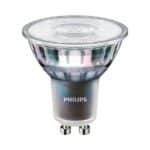
Conclusion
The Colour Rendering Index (CRI) is a scale that rates an artificial white light source’s ability to accurately display colour. The closer the rating is to 100, the more accurately the light bulb renders colour.
CRI is a very useful tool for narrowing down which light bulb will work best for you, and while it may be tempting to always opt for a high CRI, remember that a high score is not necessary for every application:
- A high CRI—one above 90—is desirable in locations where colour accuracy is important, such as hospitals, galleries, studios, etc.
- A lower CRI—between 70 and 89—is acceptable for use in most other applications.
- A very low CRI—around and below 50—will be visibly noticeable to most humans and should only be used in situations that this won’t cause an issue.
Need help selecting your light bulb? Check out our light bulb buying guides or contact us for assistance at +44 (01869) 362222, [email protected], or via the Live Chat.
























































































